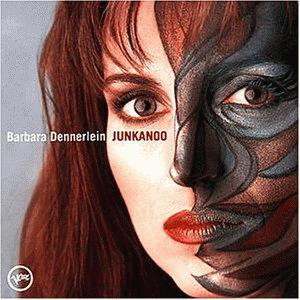
| Artist: | Barbara Dennerlein |
| Title: | Junkanoo |
| Released: | 1996.10.01 |
| Label: | Verve Records |
| Time: | 68:29 |
| Producer(s): | Barbara Dennerlein |
| Appears with: | |
| Category: | Jazz |
| Rating: | ********.. (8/10) |
| Media type: | CD |
| Purchase date: | 2002.09.17 |
| Price in €: | 7,99 |
| Web address: | www.barbaradennerlein.com |